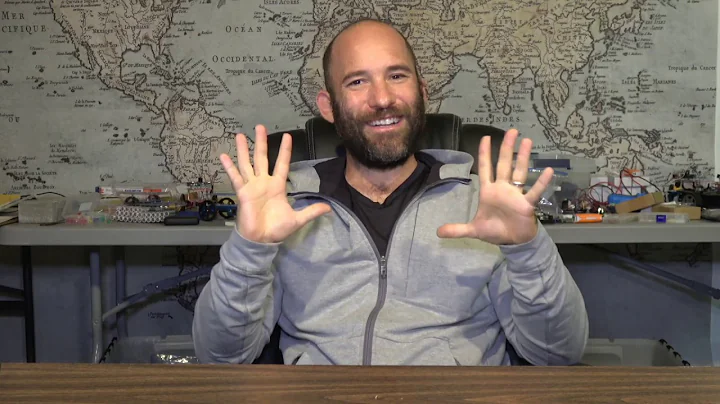What does "sudo -s" actually do?
Solution 1
The two aren't really inconsistent - the sudo command always changes user, either to root, or to the user you specify with the -u switch. All the -s does is provide a shortcut for starting a shell as that user. It is really equivalent to:
sudo $SHELL
except that it will likely fallback to /bin/sh or something if SHELL is not set.
Solution 2
sudo -s runs the shell specified in your $SHELL environment variable as the superuser/root. You can specify another user using -u.
The $SHELL environment variable contains the path to the user's default login shell. The actual setting for the default shell program is usually in etc/passwd. Depending on what you've done in your current session, the $SHELL variable may not contain the shell program you're currently using. If you login automatically with zsh for instance, but then invoke bash, $SHELL won't change from /bin/zsh.
Show the current user and shell program:
echo $(whoami) is logged in and shell is $0
-
whoamiprints out the username the user is working under. -
$0contains the name/path of the currently running program (shell program in this case).
Solution 3
From the manual:
sudo allows a permitted user to execute a command as the superuser or another user, as specified in the sudoers file.
-s Shell, runs the shell specified by the SHELL environment variable if it is set or the shell as specified in passwd(5).
More seriously, the sudo -s run a shell environment variable. Since you didn't add any variable it run as specified in passwd, and so connect you as root.
Solution 4
Have a look at this post from superuser:
What's the difference between the commands "su -s" and "sudo -s"?
By the way, your post should be moved to superuser (or askubuntu as said in comments)!
Related videos on Youtube
Leem
Updated on September 18, 2022Comments
-
Leem over 1 year
I am using ubuntu 10.04.
I notice that after I run in terminal:
sudo -sThe prompt changed from:
my_user@my_hostnameto:
root@my_hostnameSeems it changed to root privilege.
But when I check the documentation of
sudocommand here, it explains another story ofsudo -s, can anyone explain to me what issudo -sdoing exactly?-
 Admin almost 13 yearsYou should ask this over at askubuntu.com
Admin almost 13 yearsYou should ask this over at askubuntu.com -
Dave Sherohman almost 13 yearsWhy askubuntu.com?
sudois hardly Ubuntu-specific... -
Linker3000 almost 13 yearspossible duplicate of Difference between comands "su -s" and "sudo -s"
-
-
wisbucky about 9 yearsIt is not obvious from the manual that if you don't provide a user, it defaults to root. You would have to read the description for
-uoption to learn that. But for someone who is not familiar withsudo, they wouldn't know to look at-u.




